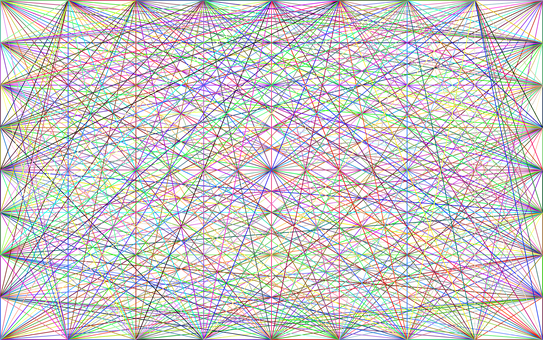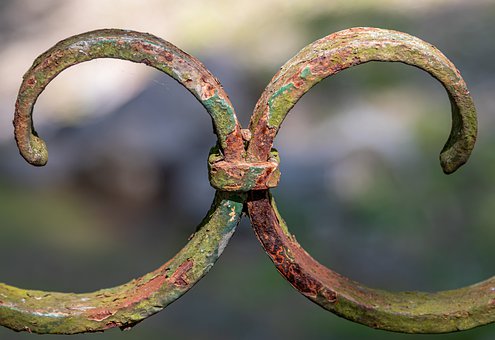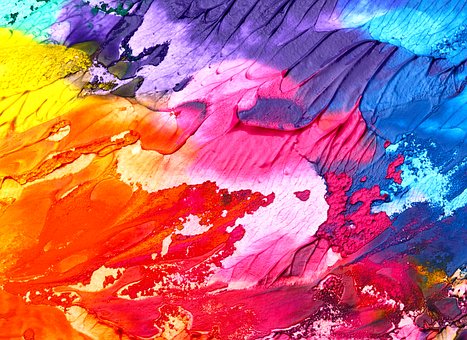Growing up, I did not think I was a good artist, but even so, I took an art class in the 9th grade. Many in the class were talented, and I wondered if I had made a mistake. Mr. Lampson, the teacher, was passionate about art, and early in the school year, he mentioned a phrase that just drove him crazy.
Even though this class and teacher did not set me on the path to greatness in art, it did get me thinking, and over the years, many things I learned told me that Mr. Lampson was right. Art does have its role and purpose, but the question of whether art reflects the artist’s feelings or if art created those feelings is still unclear. Maybe it is both?
Oscar Wilde, in his 1889 essay, "The Decay of Lying," said: “Life imitates Art, more than Art imitates Life, and what is found in life and nature is not what is there, but is that which artists taught people to find there, through art.”
Do we see what is there, or what an artist taught us to see? It has been found that people do visit what they are conditioned to see. When people are hypnotized and asked about what they saw when they walked through a room, they have very different answers than when not hypnotized. People under hypnosis can remember the number of tiles on the ceiling or even the faces on the magazines on the tables, and they can’t remember those things. Their conscious mind was not interested in them.
Mr. Lampson also showed us how a lump of clay, spinning on a pottery wheel, grasped by an artist's hands, changed into what he imagined the clay to be and said that the clay itself informed the artist through the feelings it brought. He said that the bowls and vases produced were different when finished than the first intended and that the clay could talk to us. He attempted to teach us how to listen.
Writers and artists reveal much about themselves in their work but also find a great deal waiting to be expressed.






